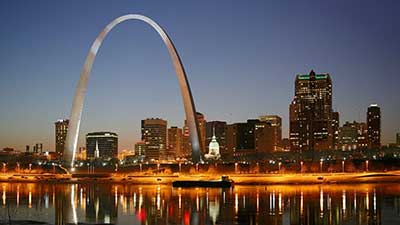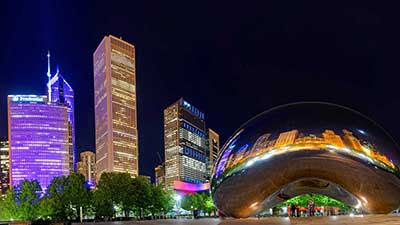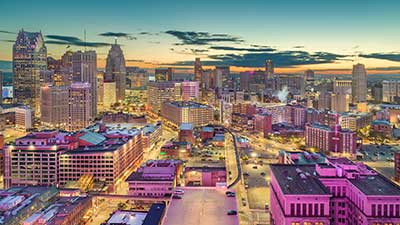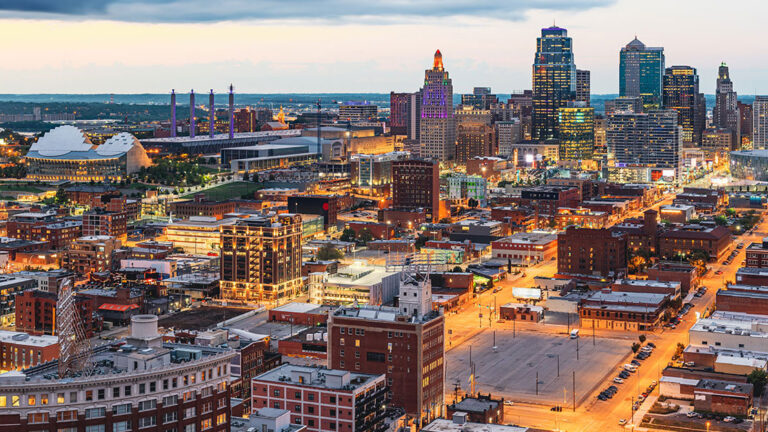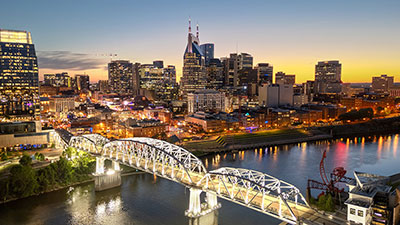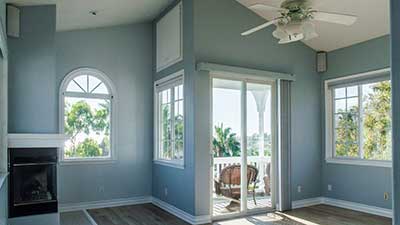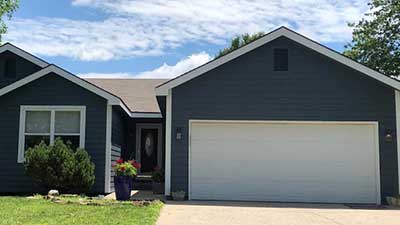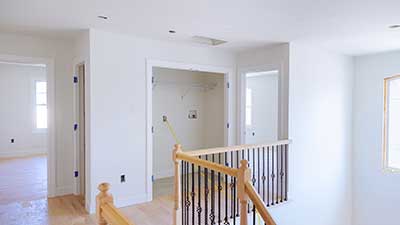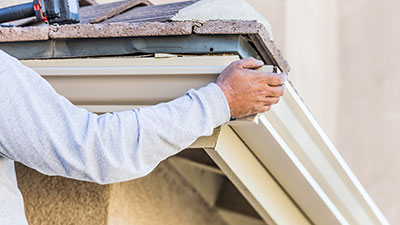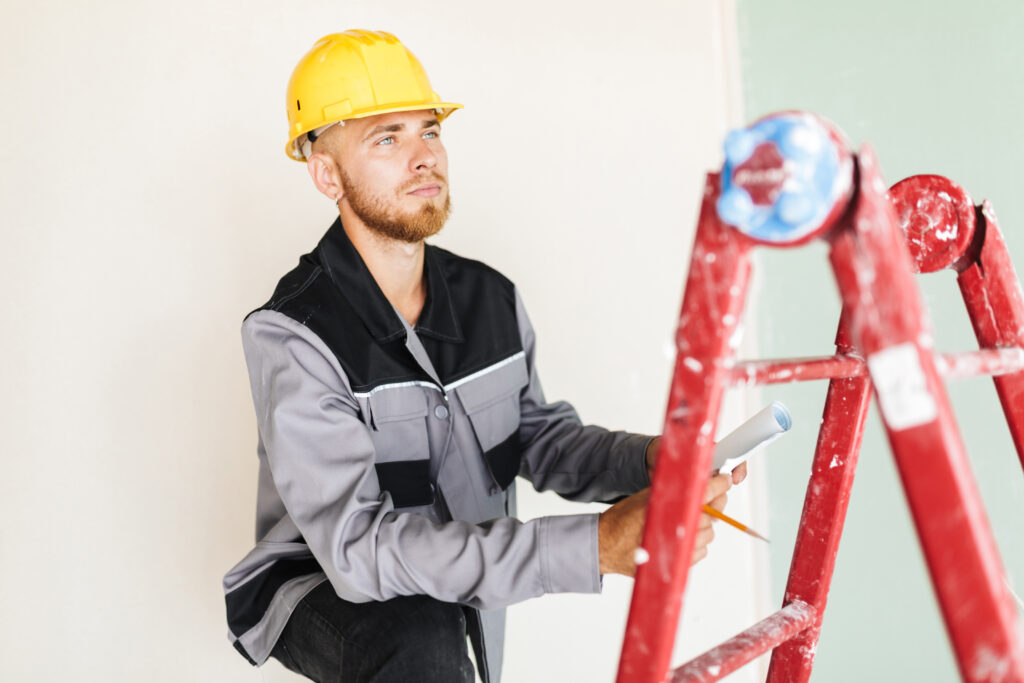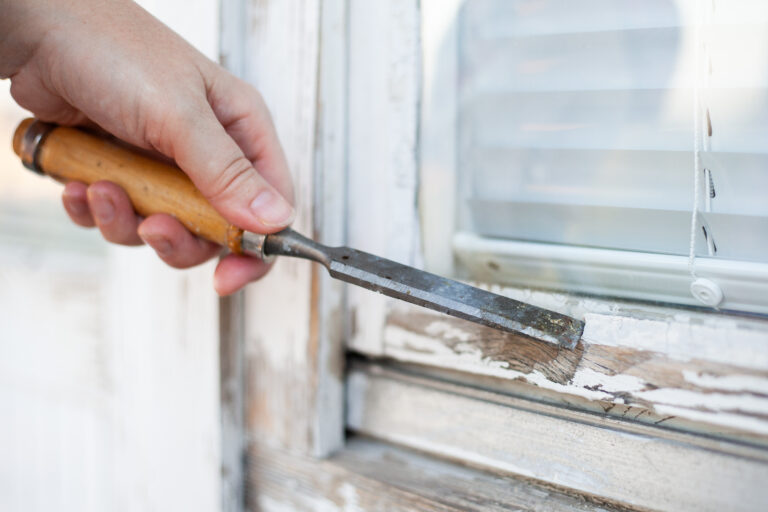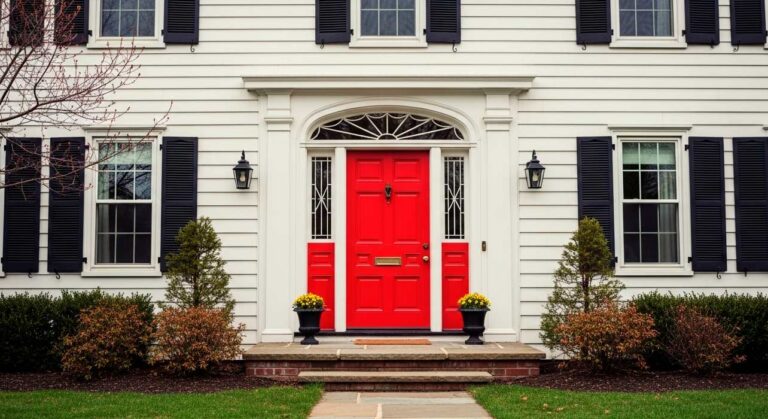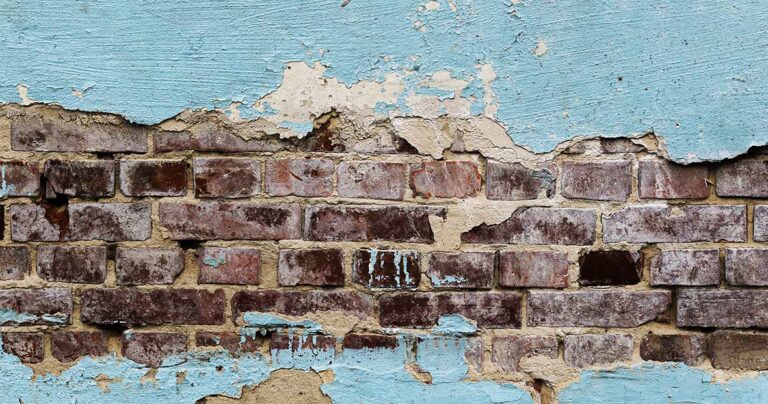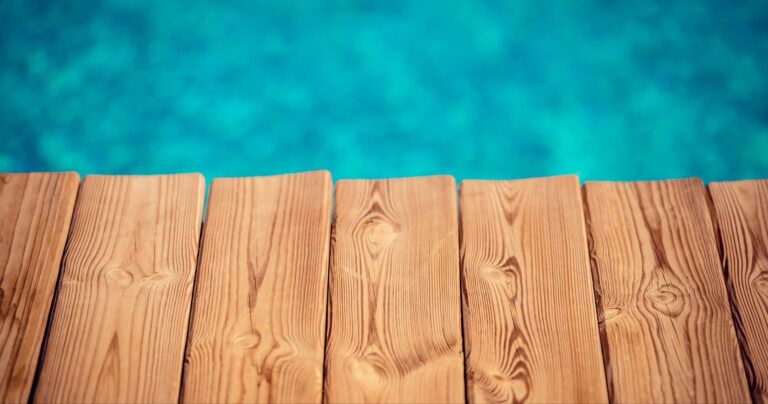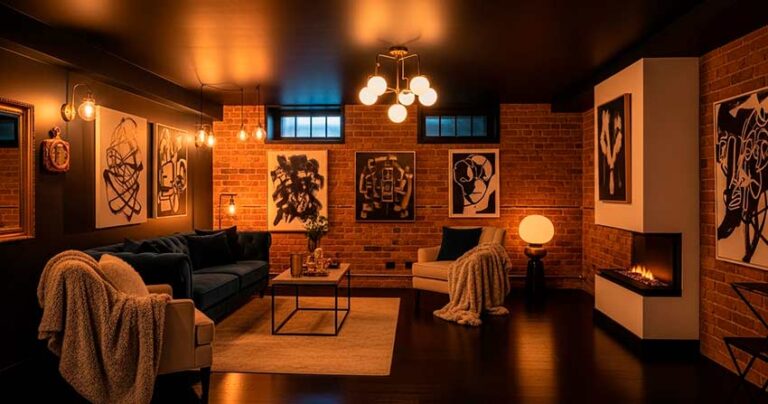Stepping into the world of home renovation can often feel like navigating a labyrinth with a blindfold on—especially when it comes to the mysteries of drywall mud over paint. It’s a topic that might sound as dry as, well, drywall itself, but fear not! This blog post is about to turn that notion on its head. Imagine you’re an artist, and your canvas? The walls of your home.
Now, the question arises: Can you really slather on a fresh layer of drywall mud over those colorfully painted walls? The answer, my friends, is a resounding yes—with a few caveats. It’s all about the preparation, the type of paint, and the techniques used. Whether you’re looking to smooth out a textured wall or simply craving a change, we’re diving deep into the do’s and don’ts, ensuring your walls end up looking like Michelangelo had a hand in their creation. So, grab your trowel and let’s embark on this plastered journey together. Who knew drywall mud could be so exciting?
What is Drywall Mud, and What are Its Primary Uses?
Drywall mud, also known as joint compound, is an essential material in the realm of wall construction and repair, prominently used for the finishing touches on drywall to achieve a smooth, seamless surface. This versatile compound’s primary uses are multifaceted, encompassing patching holes, repairing cracks, and smoothing out imperfections on walls and ceilings before the application of paint or wallpaper. Its ability to seamlessly blend with the existing paint and drywall surfaces makes it an indispensable tool for creating a pristine painted surface, ready for decoration or a fresh coat of paint.
Applying Drywall Mud Over Painted Surfaces
The rationale behind applying drywall mud over painted surfaces often stems from the desire to smooth out textured walls, conceal defects, or refurbish an old painted wall with a new paint finish. This process not only enhances the aesthetic appeal of a room but also ensures a uniform surface that optimizes the adherence and finish of new paint or other finishes. Whether using regular joint compound or specialized hot mud for quicker setting times, the goal is to achieve a paint finish that looks professional and lasts longer.
Preparation and Application: Properly Prepare Painted Walls
To properly prepare painted walls for the application of drywall mud, a meticulous process is required to ensure the joint compound adheres well and the desired smooth finish is achieved. Initially, the wall must be cleaned thoroughly to remove any dust, dirt, or grease, ensuring that the existing paint is free of contaminants that could impede the mud’s adhesion. Sanding the painted surface lightly is a crucial next step, creating a slightly rough texture that improves the bond between the old paint and the new mud layer.
Applying a primer or a bonding agent is particularly vital if the existing paint has a high sheen or glossy finish, as these surfaces tend to be more resistant to new applications. A primer will ensure that the drywall mud sticks effectively, laying the groundwork for a successful skim coat. The use of mesh tape over cracks or joints before applying the first coat of mud can help prevent future cracks and ensure a durable repair.
The application of drywall mud over paint requires precision and patience. Starting with a thin first coat, the mud should be spread evenly across the surface using a trowel, ensuring all imperfections are filled and the surface is uniform. After the initial layer has dried completely, it may be necessary to apply a second coat or more, sanding between coats to maintain a smooth finish. It’s essential to allow each coat to dry thoroughly and to sand carefully to avoid damaging the underlying painted surface.
What are the step-by-step instructions for applying drywall mud over paint?
- Prepare the wall as described above.
- Mix the drywall mud according to the manufacturer’s instructions.
- Apply drywall mud directly to the wall using a trowel or drywall knife, spreading it evenly.
- Allow the first coat to dry completely.
- Sand the dried mud lightly to achieve a smooth surface.
- Apply additional coats as needed, allowing each to dry and sanding between coats.
Selecting the Right Materials
What types of drywall mud are best for use over painted surfaces?
For painted surfaces, lightweight or all-purpose joint compounds are recommended because they have good adhesion properties and are easier to sand smooth.
Are there specific brands or formulas of drywall mud that adhere better to painted walls?
Brands and formulas vary in quality and suitability. It’s best to choose well-known brands with products specifically labeled for use over painted surfaces or for high adhesion.
Techniques and Tools
What tools will I need for applying drywall mud over paint?
You will need a trowel or a drywall knife for application, a mixing paddle and bucket for preparing the mud, sandpaper or a sanding block for smoothing, and a dust mask and goggles for safety.
Can you provide tips for achieving a smooth finish with drywall mud on a painted surface?
- Apply thin layers of mud rather than one thick layer.
- Use a wide trowel or knife to spread the mud evenly.
- Sand between coats to remove any ridges or bumps.
- Practice patience and allow ample drying time between coats.
Drying and Sanding
How long does drywall mud need to dry before it can be sanded or painted over?
Drying times vary based on the type of mud used, thickness of application, and environmental conditions. Generally, it takes 24 hours for each coat to dry fully, but it may take longer in humid conditions.
What are the best practices for sanding drywall mud applied over paint?
- Use fine-grit sandpaper to avoid damaging the surface.
- Sand in a circular motion for a smoother finish.
- Wear a dust mask to avoid inhaling dust.
- Wipe the wall with a damp cloth to remove dust before applying additional coats or paint.
Common Problems and Solutions
What are some common issues when applying drywall mud over paint and how can I avoid them?
Common issues include poor adhesion, bubbling, and cracking. To avoid these, ensure the painted surface is properly prepared and primed, apply thin layers of mud, and allow sufficient drying time between coats.
How can I fix cracks or bubbles in drywall mud after it has been applied over a painted wall?
For cracks, apply a thin layer of mud into the crack and smooth it out. For bubbles, gently sand the area, reapply mud, and smooth. Allow drying and then sand smoothly.
Finishing Touches
What steps should be taken after sanding the drywall mud for a perfect finish?
After sanding, wipe the wall with a damp cloth to remove all dust. Apply a primer suitable for the topcoat paint to ensure good adhesion and a uniform appearance.
Is priming necessary before painting over the newly applied and sanded drywall mud?
Yes, priming is crucial as it seals the mud, provides a uniform surface for painting, and ensures the paint adheres well and looks its best.
Maintenance and Repair
How can I maintain and repair walls where drywall mud has been applied over paint?
For maintenance, clean the walls gently and avoid harsh chemicals. For repairs, small cracks or holes can be filled with more drywall mud, sanded smooth, and repainted.
What are the signs that the drywall mud needs to be reapplied or repaired?
Signs include visible cracks, peeling, or detachment from the wall. If these occur, it may be necessary to reapply or repair the drywall mud to maintain a smooth surface.
Conclusion:
In conclusion, applying drywall mud over painted surfaces is a skillful balance of art and technique, offering a pathway to achieving walls that are as aesthetically pleasing as they are durable. With the right preparation, materials, and approach, coupled with a willingness to learn and adapt, you can master this valuable technique, ensuring your walls stand the test of time and style.
